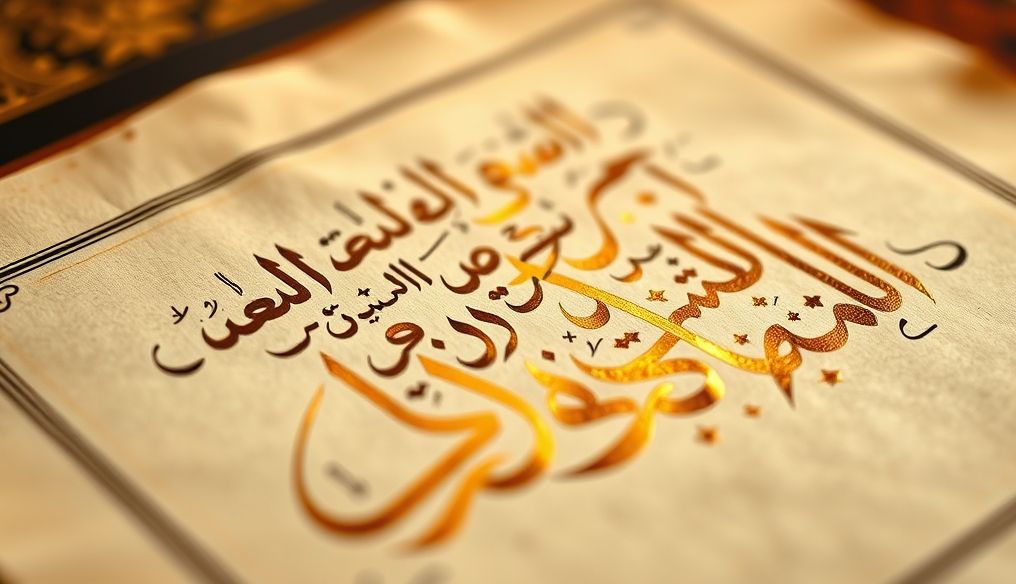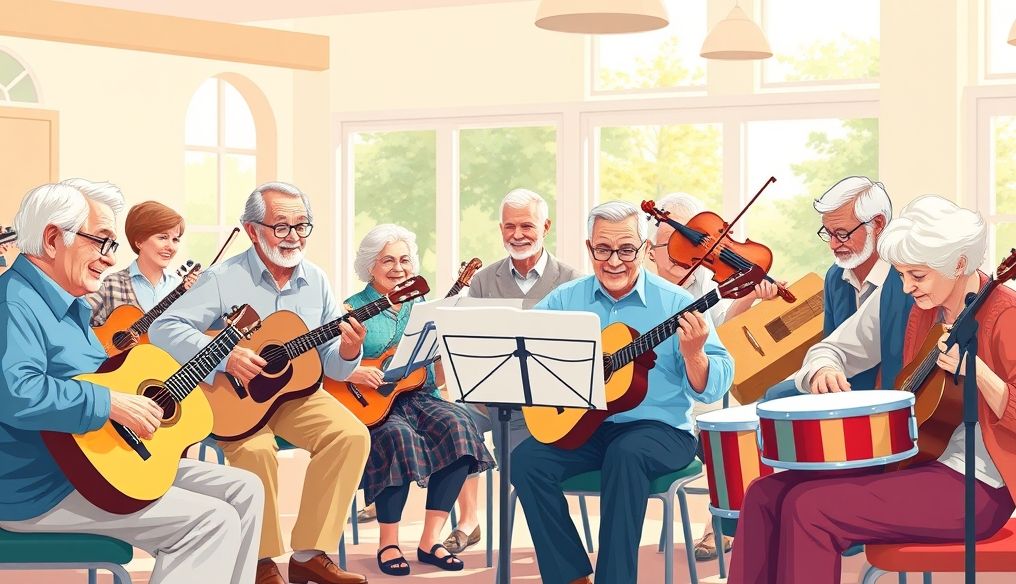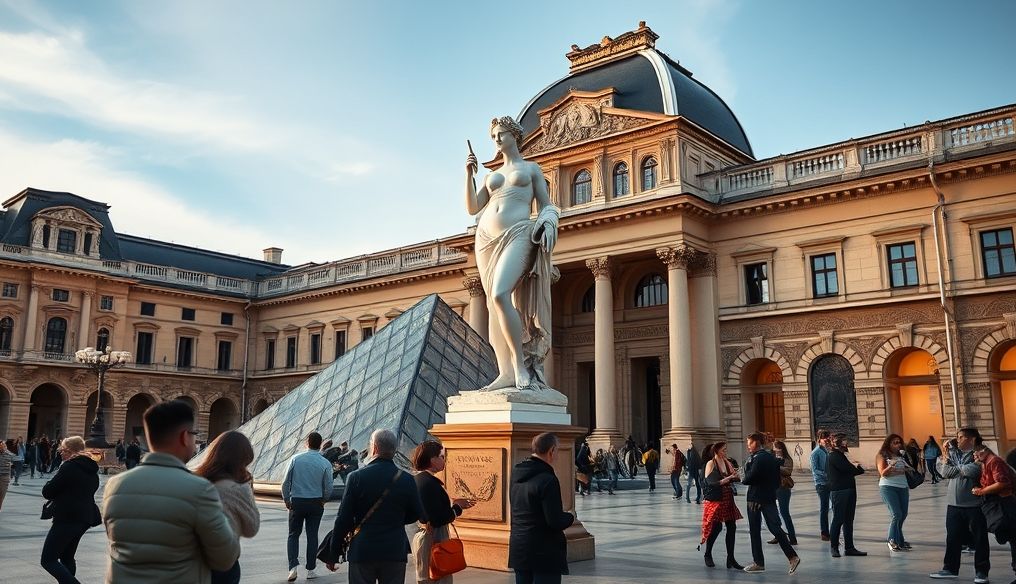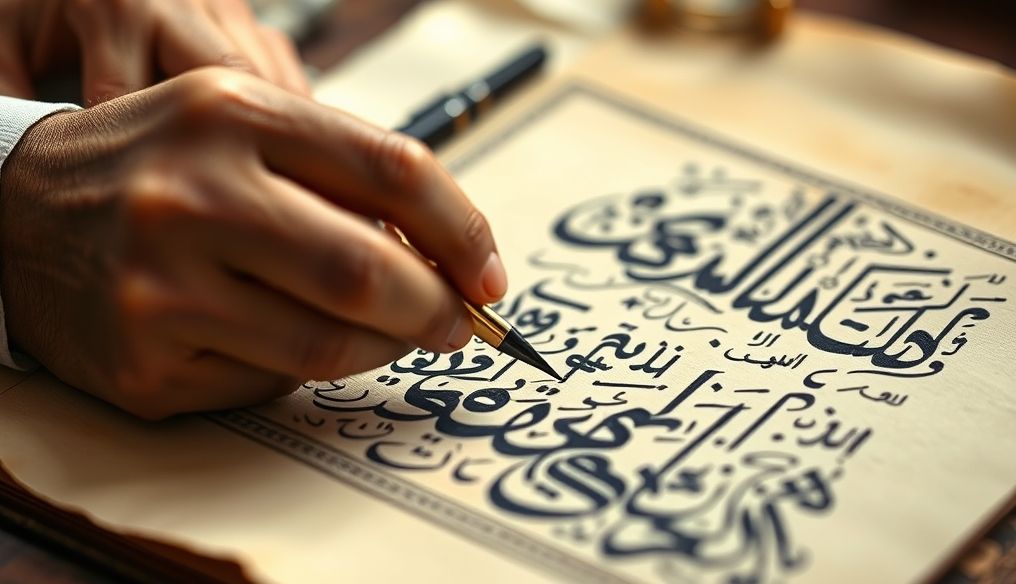Introduction: Arabic Calligraphy - More Than Just Beautiful Writing
Arabic calligraphy, with its captivating beauty and diverse styles, has always captivated the hearts of artists and viewers alike. It is often seen as merely ornate writing, but the truth is far more profound. It is an art that carries a rich history, a vibrant culture, and deep spiritual connotations. It is a visual language that transcends the boundaries of words, expressing emotions and ideas in a unique and distinctive way.
Chapter 1: The History and Evolution of Arabic Calligraphy
The history of Arabic calligraphy dates back to the 4th century AD, where it evolved from the ancient Nabataean script. With the advent of Islam, Arabic calligraphy gained special significance, as it was used to write and disseminate the Holy Quran. Calligraphic styles evolved over the centuries, and different artistic schools emerged, such as Kufic, Naskh, Thuluth, Persian, and Diwani. Each style is characterized by its unique features, specific rules, and diverse uses.
- Kufic Script: Characterized by its sharp angles and geometric shapes, it is often used in writing ancient Qurans.
- Naskh Script: Characterized by its ease of reading and fluidity, it is used in writing books, magazines, and newspapers.
- Thuluth Script: Characterized by its decorative beauty and complexities, it is used in writing titles, artistic panels, and architectural decorations.
- Persian Script (Nastaliq): Characterized by its fluidity and elegance, it is used in writing Persian poetry and literature.
- Diwani Script: Characterized by its boldness and strength, it is used in writing official correspondence and important documents.
Chapter 2: The Aesthetic Dimensions of Arabic Calligraphy
The beauty of Arabic calligraphy lies in the harmony of its letters, the balance of its shapes, and the rhythm of its lines. The calligrapher pays great attention to small details, such as the thickness of the line, the angle of the pen, and the spacing between the letters. The calligrapher uses a variety of tools and materials, such as the pen, ink, paper, gold, and silver, to add a unique artistic touch to their works.
A skilled calligrapher does not merely copy the letters but adds a touch of their creativity and personality to them. They create a balance between traditional rules and artistic innovation, resulting in an original and distinctive work of art.
Chapter 3: Arabic Calligraphy as a Visual Language
Arabic calligraphy is not just a means of conveying words; it is a visual language in itself. The calligrapher can express emotions and ideas by choosing the appropriate calligraphic style and shaping the letters in a specific way. For example, Thuluth script can be used to express luxury and grandeur, while Persian script can be used to express delicacy and beauty.
In addition, Arabic calligraphy can be used in designing logos, posters, advertisements, and other visual materials. The calligrapher can create an attractive and distinctive design using Arabic calligraphy, making it a powerful tool in the field of visual communication.
Chapter 4: Arabic Calligraphy in Islamic Architecture and Arts
Arabic calligraphy plays an important role in Islamic architecture and arts. It is often used to decorate mosques, palaces, and other religious buildings. Quranic verses, prophetic hadiths, and sayings can be seen written in Arabic calligraphy on walls, domes, and minarets.
In addition, Arabic calligraphy is used in designing carpets, ceramics, jewelry, and other works of art. It adds a touch of beauty, spirituality, and authenticity to these works.
Chapter 5: Arabic Calligraphy and Spirituality
Arabic calligraphy carries deep spiritual connotations. For Muslims, Arabic calligraphy is a means of expressing their love for God and His Messenger. Writing the Holy Quran in Arabic calligraphy is considered a sacred act, requiring focus, contemplation, and sincerity.
In addition, Arabic calligraphy can be used in meditation, relaxation, and focus. Looking at the beautiful lines and harmonious shapes can help calm the nerves, clear the mind, and reach a state of inner peace.
Chapter 6: Arabic Calligraphy in the Modern Era
Despite modern technological developments, Arabic calligraphy still maintains its position and importance. There are many contemporary calligraphers who are innovating new styles and using Arabic calligraphy in contemporary artworks. There is also a growing interest in teaching Arabic calligraphy in schools and universities, encouraging young people to learn this ancient art.
Arabic calligraphy is not just a traditional art; it is a living and evolving art that can adapt to the modern era and contribute to enriching culture and the arts.
Chapter 7: Challenges Facing Arabic Calligraphy
Despite the importance of Arabic calligraphy, it faces some challenges in the modern era. Among these challenges are:
- Lack of attention to teaching Arabic calligraphy in schools and universities.
- Competition from other arts, such as drawing, sculpture, and photography.
- Difficulty in learning Arabic calligraphy, requiring a lot of time and effort.
- Lack of adequate support for calligraphers, encouraging them to continue in this art.
To overcome these challenges, we must work to raise awareness of the importance of Arabic calligraphy, encourage its learning, support calligraphers, provide them with opportunities to showcase their work, and contribute to reviving this ancient art.
Chapter 8: The Future of Arabic Calligraphy
The future of Arabic calligraphy looks promising, especially with the growing interest in Islamic arts and Arab culture. There are many initiatives and projects aimed at preserving, developing, and disseminating Arabic calligraphy worldwide.
Using modern technology, we can make Arabic calligraphy easier to learn and more attractive to young people. We can also use Arabic calligraphy in designing mobile applications, websites, electronic games, and other digital products.
Arabic calligraphy is not just a traditional art; it is a living and evolving art that can play an important role in shaping the future of culture and the arts.
In Conclusion: Arabic calligraphy is not just beautiful writing; it is an ancient art that carries history, culture, and identity. It is a visual language that expresses creativity and spirituality. We must appreciate this art, preserve it, and encourage it, so that it continues to inspire us and enrich our lives.




